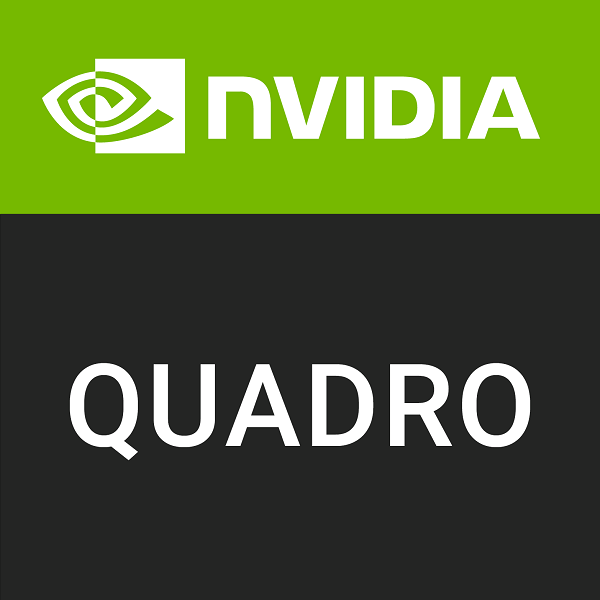RTX 4000 SFF Ada Generation vs GRID K1
We compared two Professional market GPUs: 16GB VRAM RTX 4000 SFF Ada Generation and 4GB VRAM GRID K1 to see which GPU has better performance in key specifications, benchmark tests, power consumption, etc.
Main Differences
RTX 4000 SFF Ada Generation 's Advantages
Released 5 years and 8 months late
Boost Clock1746MHz
More VRAM (16GB vs 4GB)
Larger VRAM bandwidth (1.02TB/s vs 28.51GB/s)
3648 additional rendering cores
GRID K1 's Advantages
Lower TDP (130W vs 300W)
Score
Benchmark
FP32 (float)
RTX 4000 SFF Ada Generation
+4013%
13410
GRID K1
326
Graphics Card
Nov 2018
Release Date
Mar 2013
Radeon Instinct
Generation
GRID
Professional
Type
Professional
PCIe 4.0 x16
Bus Interface
PCIe 3.0 x16
Clock Speeds
1200 MHz
Base Clock
-
1746 MHz
Boost Clock
-
1000 MHz
Memory Clock
891 MHz
Memory
16GB
Memory Size
4GB
HBM2
Memory Type
DDR3
4096bit
Memory Bus
128bit
1.02TB/s
Bandwidth
28.51GB/s
Render Config
60
Compute Units
-
48
SM Count
-
3840
Shading Units
192
240
TMUs
16
64
ROPs
16
192
Tensor Cores
-
48
RT Cores
-
16 KB (per CU)
L1 Cache
16 KB (per SMX)
4 MB
L2 Cache
256 KB
Theoretical Performance
111.7 GPixel/s
Pixel Rate
3.400 GPixel/s
419.0 GTexel/s
Texture Rate
13.60 GTexel/s
26.82 TFLOPS
FP16 (half)
-
13.41 TFLOPS
FP32 (float)
326.4 GFLOPS
6.705 TFLOPS
FP64 (double)
13.60 GFLOPS
Board Design
300W
TDP
130W
700 W
Suggested PSU
300 W
1x mini-DisplayPort 1.4a
Outputs
No outputs
2x 8-pin
Power Connectors
1x 6-pin
Graphics Processor
Vega 20
GPU Name
GK107
Vega 20 GLXT
GPU Variant
GK107-450-A2
GCN 5.1
Architecture
Kepler
TSMC
Foundry
TSMC
7 nm
Process Size
28 nm
13.23 billion
Transistors
1.27 billion
331 mm²
Die Size
118 mm²
Graphics Features
12 (12_1)
DirectX
12 (11_0)
4.6
OpenGL
4.6
2.1
OpenCL
3.0
1.3
Vulkan
1.1
8.9
CUDA
3.0
6.7
Shader Model
5.1


